Runyu Liu
The infrastructure powering IBM's Gen AI model development
Jul 07, 2024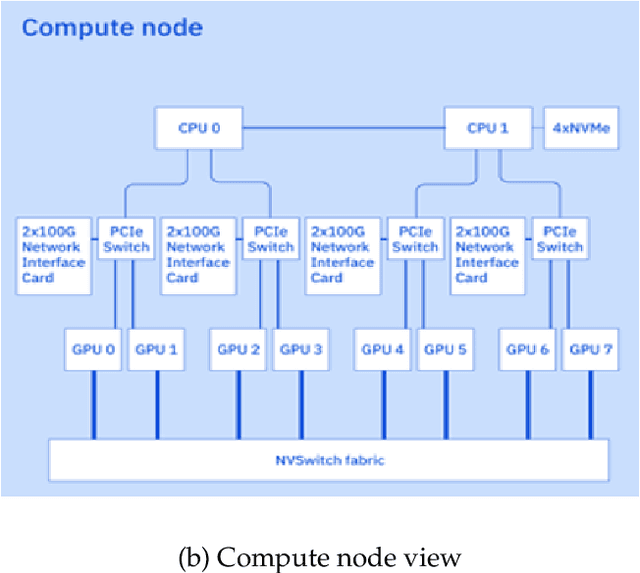
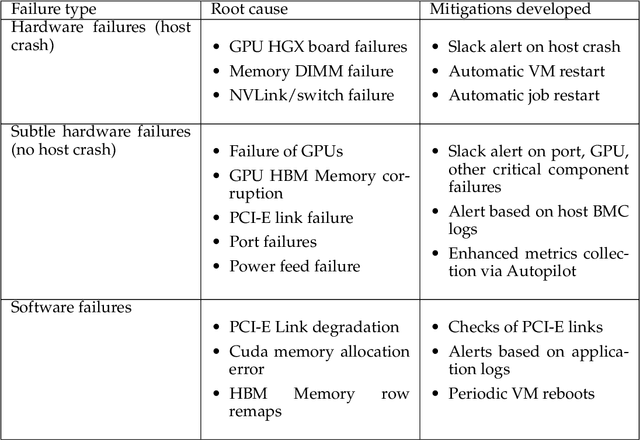
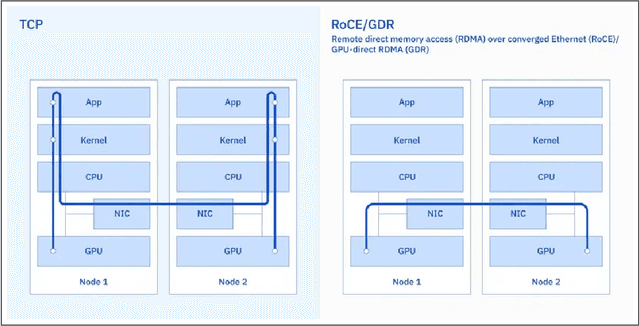

Abstract:AI Infrastructure plays a key role in the speed and cost-competitiveness of developing and deploying advanced AI models. The current demand for powerful AI infrastructure for model training is driven by the emergence of generative AI and foundational models, where on occasion thousands of GPUs must cooperate on a single training job for the model to be trained in a reasonable time. Delivering efficient and high-performing AI training requires an end-to-end solution that combines hardware, software and holistic telemetry to cater for multiple types of AI workloads. In this report, we describe IBM's hybrid cloud infrastructure that powers our generative AI model development. This infrastructure includes (1) Vela: an AI-optimized supercomputing capability directly integrated into the IBM Cloud, delivering scalable, dynamic, multi-tenant and geographically distributed infrastructure for large-scale model training and other AI workflow steps and (2) Blue Vela: a large-scale, purpose-built, on-premises hosting environment that is optimized to support our largest and most ambitious AI model training tasks. Vela provides IBM with the dual benefit of high performance for internal use along with the flexibility to adapt to an evolving commercial landscape. Blue Vela provides us with the benefits of rapid development of our largest and most ambitious models, as well as future-proofing against the evolving model landscape in the industry. Taken together, they provide IBM with the ability to rapidly innovate in the development of both AI models and commercial offerings.
An Ontology-Based Artificial Intelligence Model for Medicine Side-Effect Prediction: Taking Traditional Chinese Medicine as An Example
Sep 12, 2018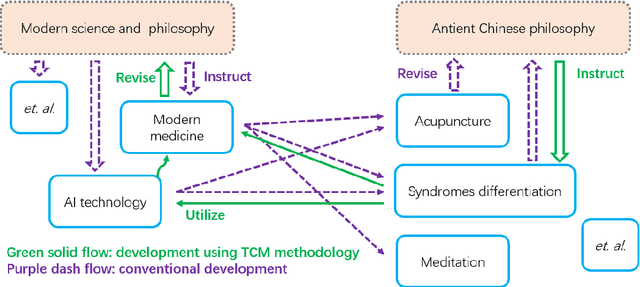
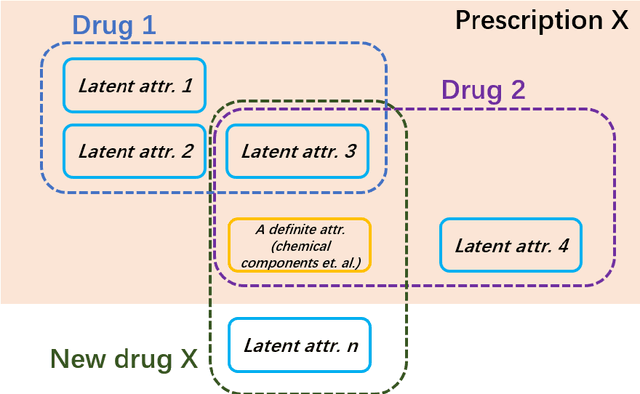
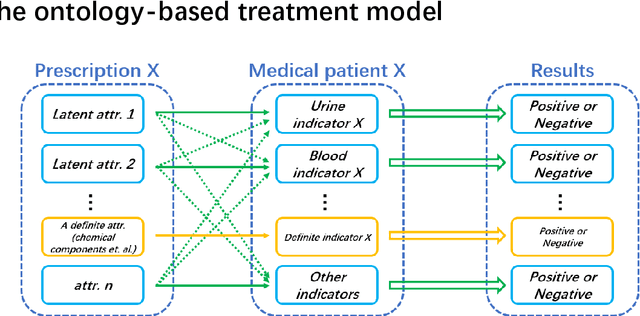
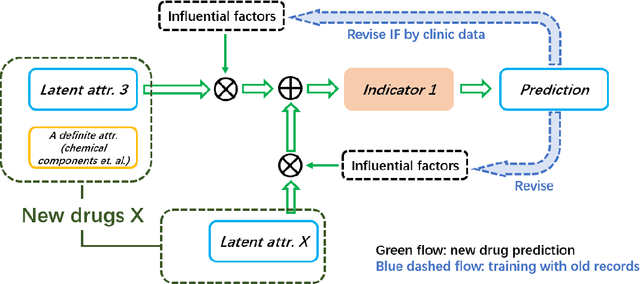
Abstract:In this work, an ontology-based model for AI-assisted medicine side-effect (SE) prediction is developed, where three main components, including the drug model, the treatment model, and the AI-assisted prediction model, of proposed model are presented. To validate the proposed model, an ANN structure is established and trained by two hundred and forty-two TCM prescriptions that are gathered and classified from the most famous ancient TCM book and more than one thousand SE reports, in which two ontology-based attributions, hot and cold, are simply introduced to evaluate whether the prediction will cause a SE or not. The results preliminarily reveal that it is a relationship between the ontology-based attributions and the corresponding indicator that can be learnt by AI for predicting the SE, which suggests the proposed model has a potential in AI-assisted SE prediction. However, it should be noted that, the proposed model highly depends on the sufficient clinic data, and hereby, much deeper exploration is important for enhancing the accuracy of the prediction.
 Add to Chrome
Add to Chrome Add to Firefox
Add to Firefox Add to Edge
Add to Edge